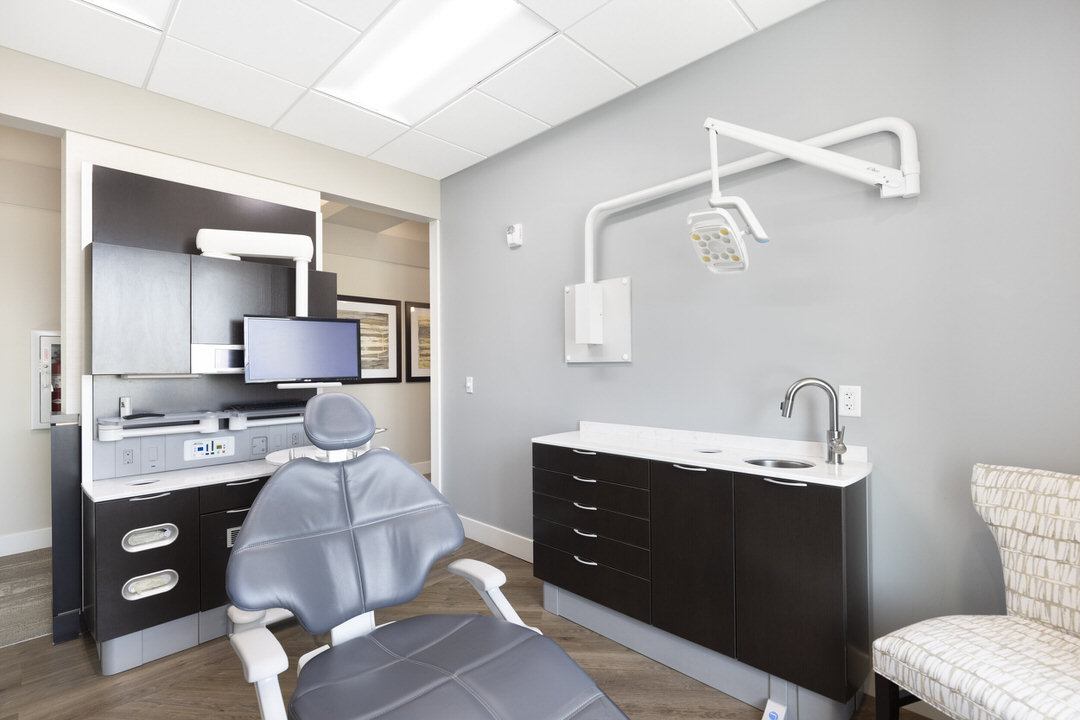

When it comes to increasing production in a dental office, the sterilization area may not be the first thing that comes to mind. However, focusing on this area can actually lead to increased profitability.
In fact, there are 10 specific ways to improve practice profits in the average sterilization area.
To understand why this is so important, it’s helpful to look at the big picture. Labor is typically the largest expense in a practice’s annual operating budget, consuming about 25% of the budget on average. And the sterilization area is the most labor-intensive area of the office, with the average dental assistant entering it more than 80 times each day.
This means that the sterilization area represents a significant cost to the practice.
Despite this, many practices overlook the potential savings that can be achieved through investments in cleaning and sterilization equipment. Instead, they continue to spend money on labor month after month, year after year.
This ongoing expense becomes an accepted and insidious part of the budget, while the potential savings from equipment investments are often overlooked.
It’s time to refocus on the real financial opportunity of reducing labor costs by investing in sterilization equipment.
With that in mind, here are 10 great ideas for improving profitability in the sterilization area of a dental practice:
Get the best sterilization equipment to save time and money: By investing in high-quality sterilization equipment, you can reduce labor costs and improve productivity.
Did you know that the average dental assistant enters the sterilization area over 80 times per day, making it the most labor-intensive area in the office?
Upgrading your equipment can make the process easier, save time, and reduce the risk of cross-contamination.
Streamline the sterilization process with an organized workflow: By creating an efficient workflow, you can minimize errors and improve productivity in the sterilization area.
Proper sorting and labeling of instruments and staff training are key to an organized workflow. In fact, training on proper cleaning and sterilization techniques can help reduce errors and improve efficiency.
Train staff to follow the best sterilization practices: Proper training is essential for ensuring that staff follows best practices in the sterilization area.
This includes training on proper cleaning and sterilization techniques, as well as on the use of any new equipment or technology.
Ongoing training can help reduce errors and ensure that staff stays up-to-date on the latest sterilization guidelines and regulations.
Use automated tracking systems for better compliance: Automated tracking and monitoring systems can help ensure that staff follows proper sterilization guidelines and regulations.
By using these systems, dental practices can improve efficiency and reduce the risk of regulatory violations. Tracking systems for sterilization cycles, temperature, and pressure levels can also ensure compliance with guidelines.
Keep track of equipment usage and maintenance: Proper maintenance and replacement of sterilization equipment are essential for ensuring that it continues to function effectively and safely.
By implementing a system for tracking instrument usage and maintenance, dental practices can ensure that equipment is properly maintained and replaced when necessary.
Did you know that failing to properly maintain sterilization equipment can lead to equipment failure or malfunction?
Consider outsourcing some tasks to improve efficiency: Outsourcing some sterilization tasks can be a cost-effective way to reduce the workload on in-house staff and improve overall efficiency.
Tasks such as instrument sharpening or repair, or sending instruments to an off-site sterilization center, can free up staff time and improve overall productivity.
Regularly evaluate and update sterilization protocols: Sterilization guidelines and regulations are constantly evolving, and dental practices must stay up-to-date to ensure compliance and maintain patient safety.
Regularly evaluating and updating sterilization protocols is essential for ensuring that they are up-to-date and effective.
Reviewing the latest guidelines and regulations and soliciting feedback from staff and patients can help with this process.
Use color-coding and other visual cues for an efficient organization: Color-coding systems and other visual cues can help ensure that instruments are properly sorted and stored, reducing errors and improving efficiency in the sterilization area.
By using visual cues, dental practices can help ensure that staff are following best practices and reduce the risk of cross-contamination.
Improve accuracy with barcoding systems: Barcoding systems can help improve accuracy and efficiency in tracking instruments and equipment.
These systems can track sterilization cycles and manage inventory, improving efficiency and reducing errors.
Create a culture of safety and accountability: Creating a culture of safety and accountability is essential for ensuring that staff are aware of the importance of their role in patient safety.
By providing ongoing training and education on best practices in the sterilization area and encouraging staff to report any issues or concerns, dental practices can improve the overall quality of care provided to patients and reduce the risk of regulatory violations.
In conclusion, the sterilization area of a dental practice is a crucial component of patient safety and productivity.
By implementing the 10 ideas outlined above, dental practices can improve efficiency, reduce errors, and ensure compliance with guidelines and regulations.
Investing in high-quality sterilization equipment, creating an organized workflow, and providing ongoing training to staff are just a few of the steps dental practices can take to improve their sterilization process.
By prioritizing patient safety and making the necessary investments, dental practices can not only improve the quality of care they provide but also increase their profitability in the long run.
Copyright 2023 © Tholen Healthcare Environments | Privacy Policy